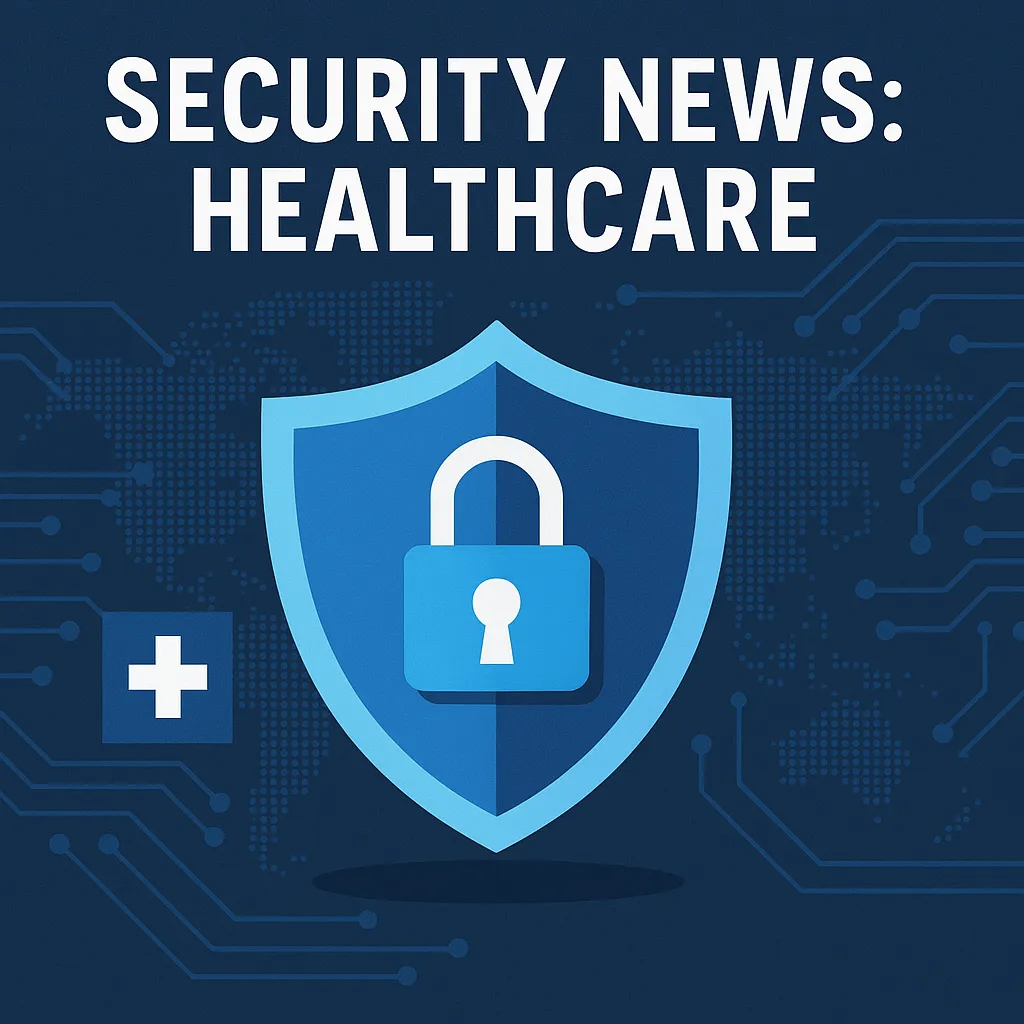Understanding Healthcare Data Breaches: Risks, Impacts, and Precautions
Healthcare organizations store vast amounts of sensitive patient data, making them prime targets for cybercriminals. This blog post explores the prevalence of data breaches in the healthcare sector, discusses recent incidents, and offers insights into how institutions can protect themselves and their patients.
What is a Data Breach?
A data breach occurs when confidential information is accessed, disclosed, or stolen without authorization. In healthcare, this often involves sensitive patient records, including personal and medical information.
Notable Healthcare Data Breaches
Recent years have seen several significant data breaches in the healthcare sector:
- In 2011, the TRICARE healthcare program breach impacted approximately 4.9 million individuals, highlighting the massive scale of potential data breaches.
- A more recent breach at Yale New Haven Health affected 5.5 million patients, underscoring ongoing vulnerabilities.
- The largest breach reported involved Change Healthcare, where over 100 million people's information was exposed.
How Do Data Breaches Occur?
Healthcare data breaches can result from various actions or failures, including cyber attacks, insider threats, or technical errors. Common methods used by attackers include phishing, ransomware, or exploiting software vulnerabilities.
Consequences of Data Breaches in Healthcare
The repercussions of healthcare data breaches are severe. They can lead to identity theft, financial fraud, and even medical fraud. Additionally, they damage the trust between patients and healthcare providers.
Preventing Data Breaches in Healthcare
To protect against data breaches, healthcare organizations must implement robust cybersecurity measures. This includes:
- Regular security audits
- Employee training on cybersecurity best practices
- Advanced encryption technologies for data at rest and in transit
- Multifactor authentication and strict access controls
Takeaway
While the risk of data breaches cannot be eliminated entirely, comprehensive security practices can significantly mitigate the risk. Patients and healthcare providers must remain vigilant and proactive about data security to safeguard sensitive health information.

